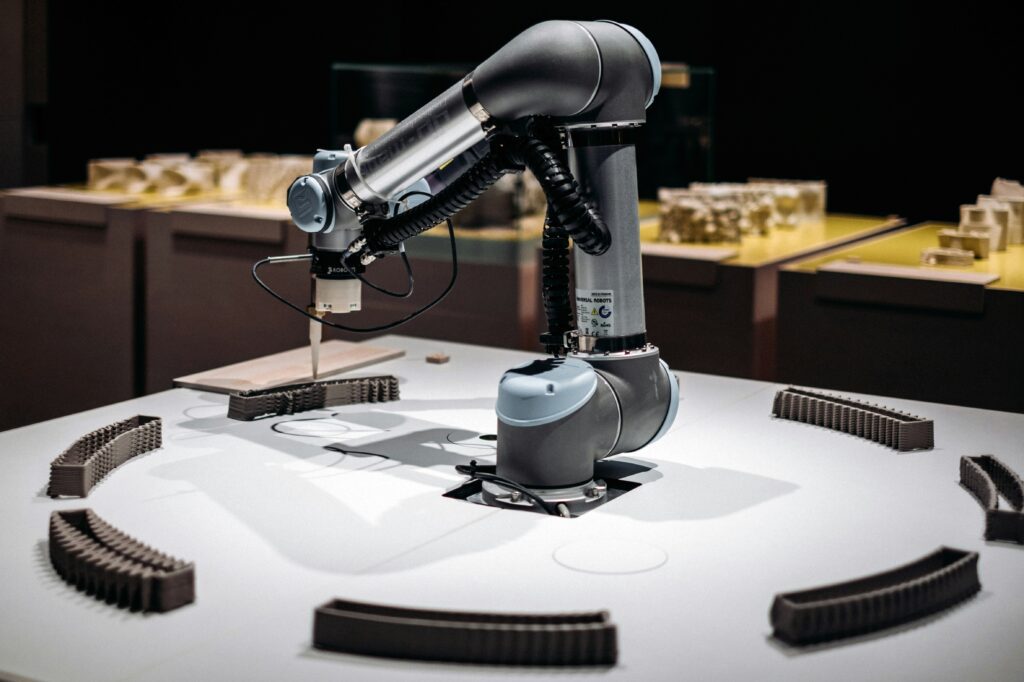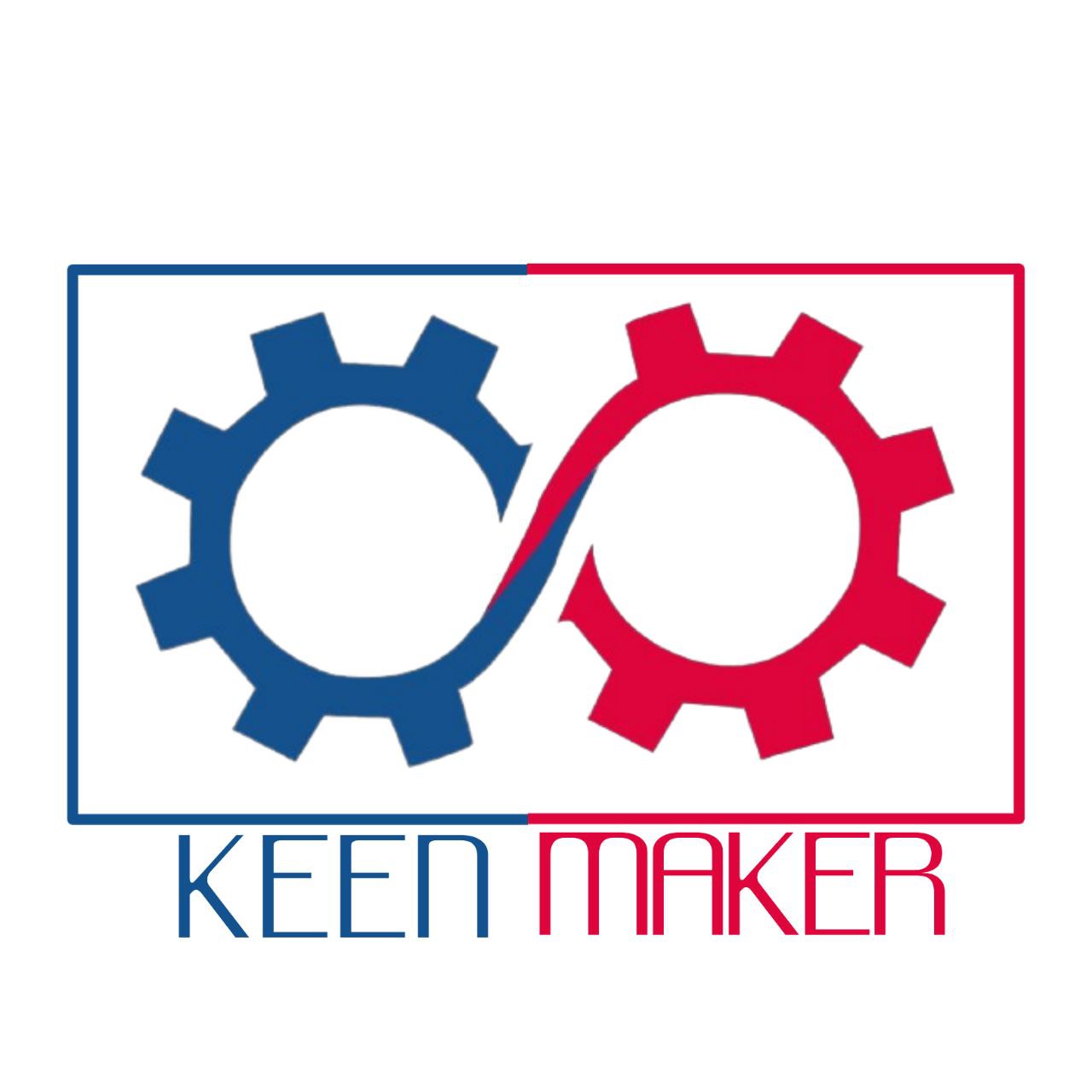
The convergence of 3D printing and robotics is ushering in a new era of innovation, transforming industries and enhancing capabilities across various sectors. This powerful combination leverages the strengths of both technologies to create sophisticated solutions that were once unimaginable. In this article, we explore the intersection of 3D printing and robotics, examining its applications, benefits, challenges, and future trends.
Table of Contents
Understanding 3D Printing and Robotics
3D Printing: An Overview
3D printing, or additive manufacturing, involves creating three-dimensional objects layer by layer from a digital model. This technology enables the production of complex and customized items with precision and efficiency.
Robotics: An Overview
Robotics involves the design, construction, and operation of robots, which are automated machines capable of performing tasks with varying degrees of autonomy. Robotics integrates mechanical engineering, electronics, computer science, and artificial intelligence.
The Synergy Between 3D Printing and Robotics
Combining 3D printing and robotics creates a synergy that enhances the capabilities of both technologies. This intersection opens up new possibilities for innovation, enabling the development of advanced solutions that leverage the strengths of each technology.
Enhancing Robotics with 3D Printing
- Customized Components: 3D printing allows for the creation of custom robotic parts and components, tailored to specific requirements and applications.
- Rapid Prototyping: Engineers can quickly design, print, and test new robotic components, accelerating the development process.
- Complex Geometries: 3D printing can produce intricate and complex shapes that are difficult or impossible to achieve with traditional manufacturing methods.
Enhancing 3D Printing with Robotics
- Automation: Robots can automate the 3D printing process, improving efficiency and consistency.
- Multi-Axis Printing: Robotic arms can perform multi-axis 3D printing, allowing for more complex and detailed prints.
- Post-Processing: Robots can handle post-processing tasks such as assembly, finishing, and quality control, streamlining the production workflow.
Applications of 3D Printing and Robotics
The intersection of 3D printing and robotics is driving innovation across various industries, leading to groundbreaking applications.
Healthcare and Medical Devices
- Prosthetics and Orthotics: Customized prosthetic limbs and orthotic devices can be designed and printed to fit individual patients, improving comfort and functionality.
- Surgical Tools: 3D printed surgical tools and robotic-assisted surgery systems enhance precision and reduce recovery times.
- Bioprinting: Combining 3D printing with robotics enables the creation of complex tissue structures and organs for medical research and transplantation.
Manufacturing and Industry
- Automated Production Lines: Robotic arms equipped with 3D printers can create parts on-demand, reducing inventory and production costs.
- Tooling and Fixtures: Custom tools and fixtures can be quickly produced to support manufacturing processes.
- Maintenance and Repair: Robots equipped with 3D printers can perform in-situ repairs on equipment and machinery, minimizing downtime.
Aerospace and Defense
- Lightweight Structures: 3D printing enables the production of lightweight, high-strength components for aerospace applications. Robots can assemble these components into complex structures.
- Unmanned Aerial Vehicles (UAVs): Custom UAVs can be designed, printed, and assembled using robotic systems, allowing for rapid deployment and customization.
- Space Exploration: Robotic 3D printers can create parts and tools in space, reducing the need to transport equipment from Earth and enabling sustainable space missions.
Consumer Products and Electronics
- Customized Products: Consumers can design and order personalized products that are printed and assembled by robotic systems.
- Rapid Prototyping: Electronics manufacturers can quickly prototype and test new designs, reducing time-to-market.
- Wearable Technology: Custom-fit wearable devices can be produced using 3D printing and robotics, enhancing comfort and functionality.
Benefits of Integrating 3D Printing and Robotics
The integration of 3D printing and robotics offers numerous benefits, driving innovation and efficiency across various sectors.
Increased Flexibility and Customization
Combining these technologies allows for the production of highly customized and complex items, tailored to specific needs and requirements. This flexibility is particularly valuable in industries such as healthcare and aerospace, where precision and customization are critical.
Enhanced Efficiency and Speed
Robotic automation of the 3D printing process increases efficiency and speed, reducing production times and costs. This accelerated workflow is beneficial for industries that require rapid prototyping and short production cycles.
Improved Quality and Consistency
Robots can perform repetitive tasks with high precision and consistency, ensuring the quality of 3D printed components. This reliability is essential for applications that demand strict adherence to specifications and standards.
Cost Savings
By reducing the need for traditional manufacturing processes and minimizing waste, the integration of 3D printing and robotics can lead to significant cost savings. This cost-effectiveness is especially advantageous for small-scale production and custom manufacturing.
Innovation and Creativity
The synergy between 3D printing and robotics fosters innovation and creativity, enabling the development of novel solutions and products. This innovation potential is driving advancements in fields such as medical research, aerospace, and consumer electronics.
Challenges and Considerations
While the intersection of 3D printing and robotics offers exciting possibilities, there are challenges and considerations to address.
Technical Challenges
- Complexity of Integration: Integrating 3D printing and robotics requires advanced technical knowledge and expertise, as well as the development of specialized software and hardware.
- Material Limitations: The range of materials that can be used for 3D printing is still limited, which may restrict the applications of this technology in certain industries.
Cost and Accessibility
- Initial Investment: The cost of advanced 3D printers and robotic systems can be high, presenting a barrier to entry for some organizations.
- Training and Skills: Specialized training and skills are required to operate and maintain these technologies, necessitating investment in education and workforce development.
Regulatory and Safety Concerns
- Standards and Regulations: Ensuring compliance with industry standards and regulations is critical, particularly in sectors such as healthcare and aerospace.
- Safety: Implementing safety measures to protect workers and ensure the safe operation of robotic 3D printing systems is essential.
The Future of 3D Printing and Robotics
The future of 3D printing and robotics is filled with exciting possibilities, driven by ongoing advancements and the increasing convergence of these technologies.
Advancements in Technology
- Multi-Material Printing: Future 3D printers will be capable of printing with multiple materials simultaneously, enabling the creation of more complex and functional objects.
- Adaptive Robotics: Advances in artificial intelligence and machine learning will enable robots to adapt and respond to changing conditions, enhancing their capabilities and efficiency.
Expanded Applications
- Smart Manufacturing: The integration of 3D printing and robotics with the Internet of Things (IoT) and Industry 4.0 technologies will revolutionize manufacturing, enabling smart factories and automated production lines.
- Medical Breakthroughs: Continued advancements in bioprinting and robotic-assisted surgery will drive medical innovation, improving patient outcomes and advancing healthcare research.
- Sustainable Solutions: The development of eco-friendly materials and energy-efficient processes will make 3D printing and robotics more sustainable, reducing their environmental impact.
Increased Accessibility
- Cost Reduction: As the cost of 3D printers and robotic systems continues to decrease, these technologies will become more accessible to a wider range of organizations and individuals.
- Education and Training: Expanding educational programs and training opportunities will equip the next generation with the skills and knowledge needed to harness the potential of 3D printing and robotics.
The intersection of 3D printing and robotics is driving a new era of innovation, transforming industries and enhancing capabilities across various sectors. From healthcare and manufacturing to aerospace and consumer products, the integration of these technologies is unlocking new possibilities and driving advancements that were once unimaginable. As technology continues to evolve and become more accessible, the impact of 3D printing and robotics will only grow, paving the way for a future filled with innovation and creativity.
